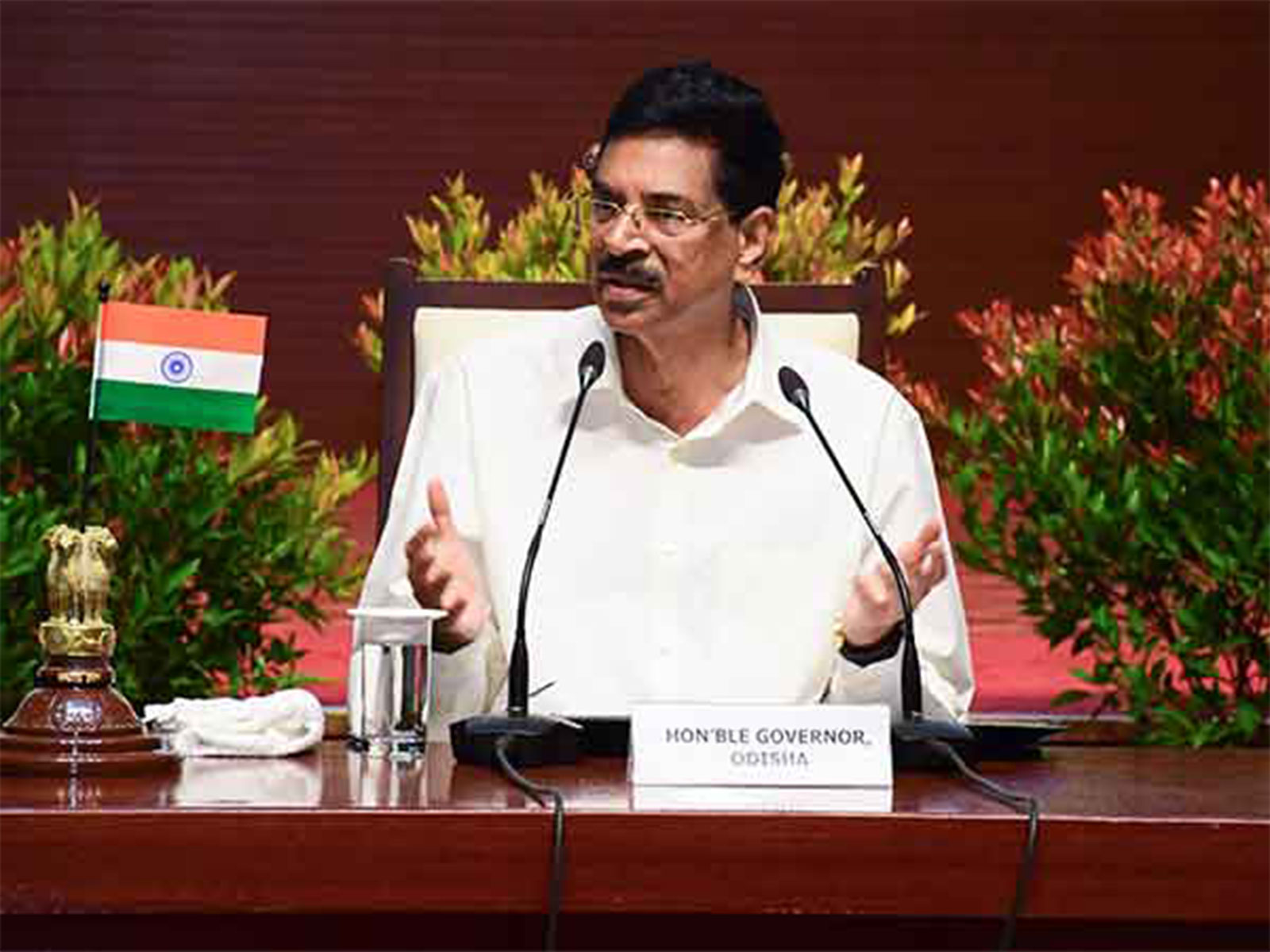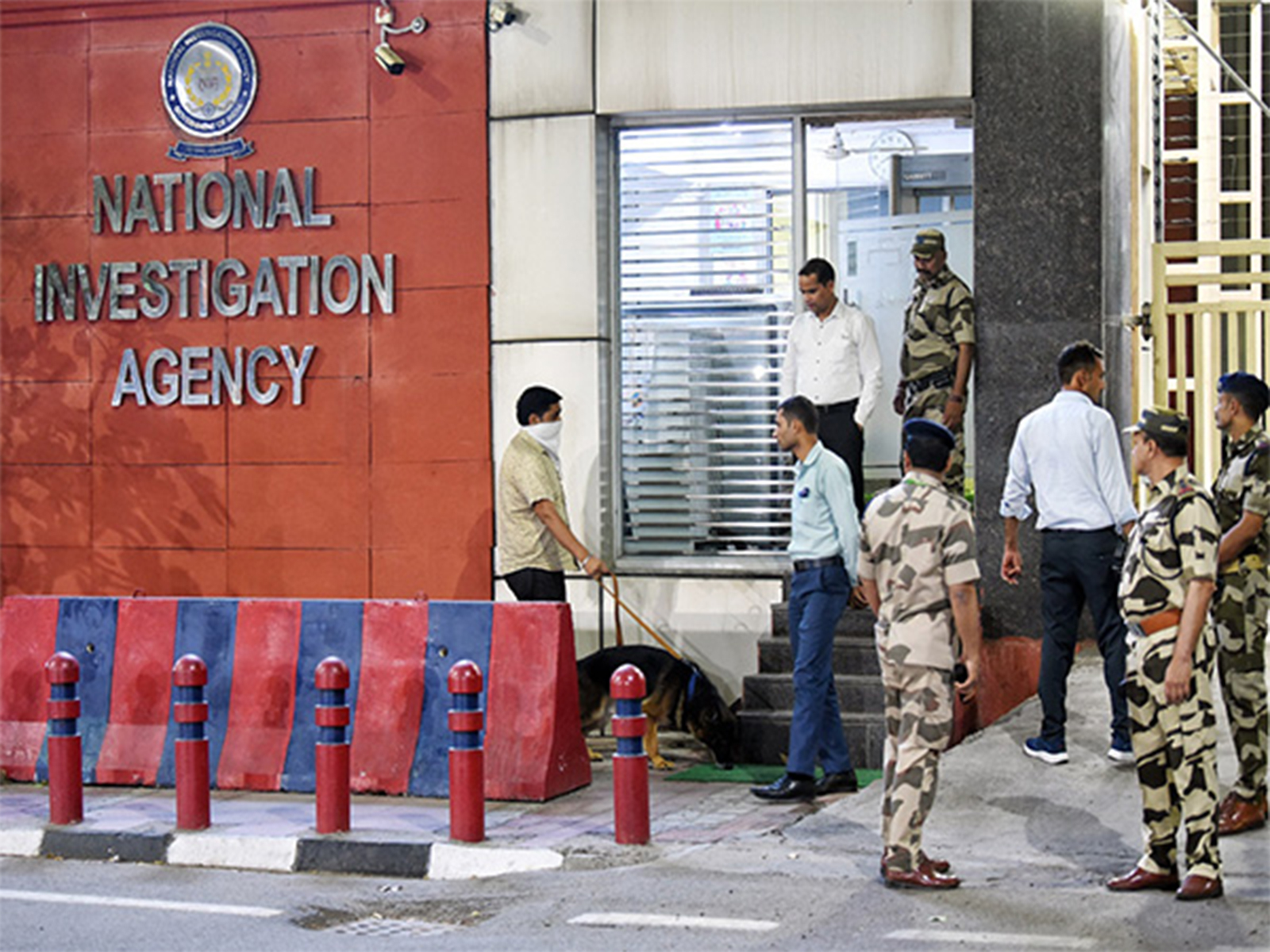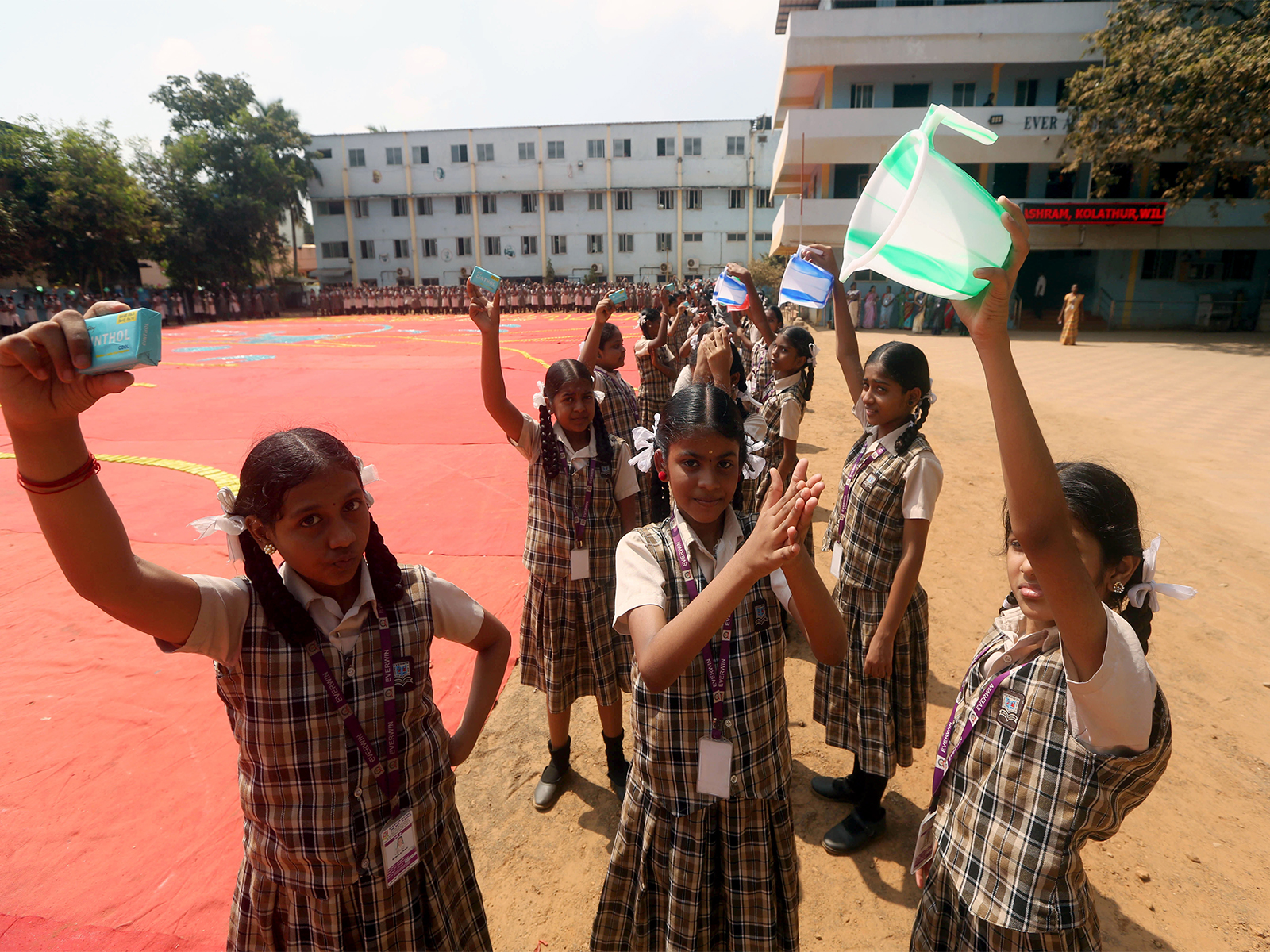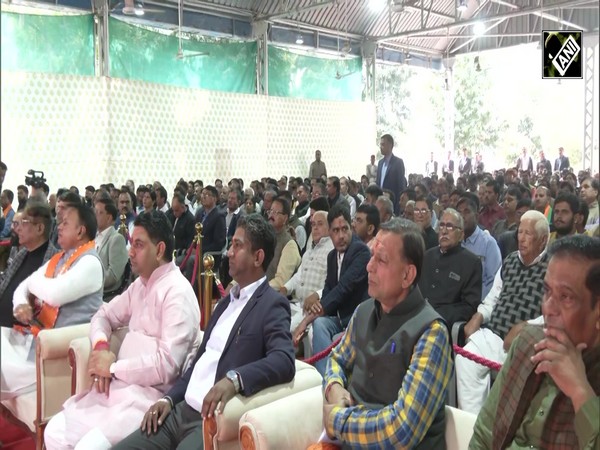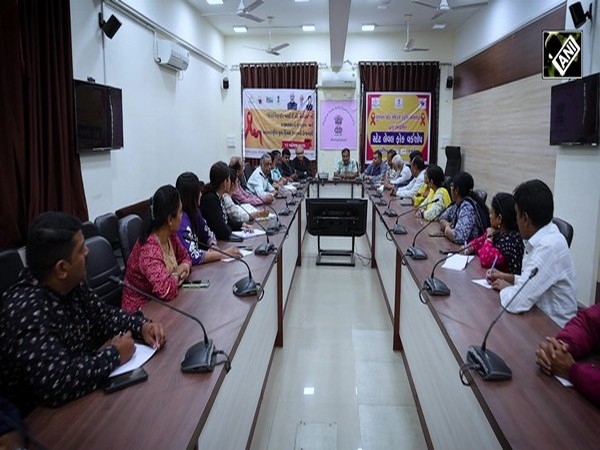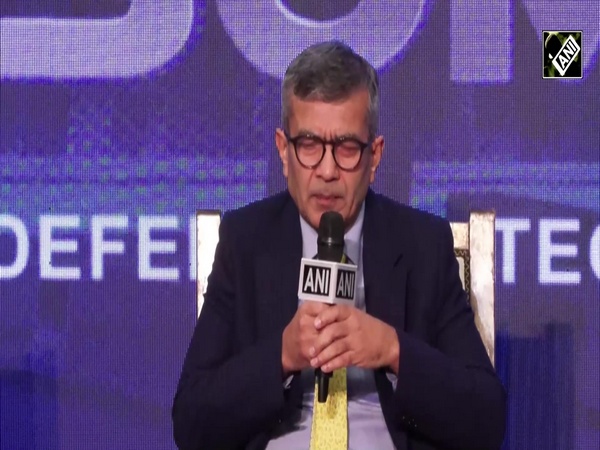Muslims' love for Imam-e-Hind, Lord Ram-etched in poetry
Jan 23, 2024

By Dr Shujaat Ali Quadri
New Delhi [India], January 23 : Lord Ram, whose grand temple adorns Ayodhya now, has been a muse for Urdu poets, or more accurately poets in general. He served as a metaphor of the ideals that religion and poetry bestow on a person chosen to nurse and defend the faith. Maryada Purushottam Ram served as a perfect foil for musings of principles and preet (love).
Ram Katha (telling stories of Lord Ram) has in fact been a folk tradition, especially in the Awadh region, on the lines of marsiya (elegy), etc. Odes to Ram have been written with as much passion and precision as they have been written for any other religious figures.
Not only stray couplets in honour of Ram, but Urdu poets have also attempted the whole epic of Ramayana in Urdu poetry. In fact, Ramayana, originally in verse, has been written both in verse and prose by Urdu writers.
Delhi-based noted literary historian Rakshanda Jalil has discovered that there are over 300 Ramayanas written in Urdu, many in Urdu verse known as manzum Ramayanas.
Urdu poetry is replete with long poems written about various incidents mentioned in the Ramayana: Ram's separation from his parents, his love for his wife Sita, separation of Sita from him, injury to his beloved brother Lakshman and his return to Ayodhya as a triumphant prince. All have been etched in exquisite words.
Before Urdu became lingua franca of northern India, philosophers and poets used local dialects and parlance to disseminate easy-to-understand tales of Ramayana. They were written in easy idioms, but carried very the essence of the epic in a profound way.
Most notable Muslim name who wielded his pen in reverence of Hindu deities was perhaps Abdurrahim Khankhana, one of the nine jewels of Emperor Akbar's court. In respect of his saintly qualities, he was known as Rahimdas.
Rahim was in fact saviour of popular tales of Rama as rendered by Saint Tulsidas.
Rahim and Tulsidas were companions. The Pandits were furious as Tulsidas composed Valmiki's Sanskrit in local lingo and so when the Pandits attempted to harm him, Rahim gave Tulsidas shelter in the mosque. Tulsidas wrote about this in these couplets:
(I am Tulsi, Rama's slave; you say anything you like; I beg and eat; I sleep in the mosque; I am unconcerned.)
Rahim was an authority over Ramayana, Mahabharata, and eighteen Puranas. The Rama of Rahim is similar to Tulsi's Rama, the protector of the poor and refugees. Through his dohas (couplets), Rahim reveals how deeply Rama's story has inspired people as he presents small events from around the world with great skill and evidence.
(Man doesn't lose status by doing any minion job; Like Hanumanji is not looked down upon as carrier of mountain)
One of the most popular rendering on Ram has surprisingly been written by Allama Muhammad Iqbal, the foremost poet of the subcontinent controversially termed as ultra Islamist. His Ram-e-Hind (Ram of India) sculpts image of Ram in the attributes for which he is known as Maryada Purushottam. For Iqbal, Ram is the pride of India.
(The goblet of Hind is brimming with the wine of reality; All the philosophers of the West are taken in by Ram of Hind)
Iqbal idolises Ram as epitome of truth or reality and thus he erects him as an ideal mix of practical ideas that even western philosophers couldn't produce in their imaginations. For Iqbal, Ram, if he is truly discerned by people of insight, can be a lodestar of leadership.
(India can always be proud of name of Ram; people of insight see in him leader of India)
Iqbal was a Kashmiri Brahmin by descent. Another Kashmiri Brahmin, Pundit Braj Narayan Chakbast weaved a scene of Ramayana into a popular poem: Ramayan Ka Eik Scene. This short epic depicts the atmosphere when Ram takes leave of his parents while embarking on the cursed banvaas (separated life in jungles) for 14 years. The poem is especially a tribute to love between Ram and his mother Kaushalya.
(If one has His divine blessings one can know no sorrow; The hem of wilderness is no less than a mother's hem)
The word banvaas, spelt out in different ways as ban-vas or banwas became a catchword to capture any kind of intense separation in Urdu poetry. It also found currency in day to day parlance too and we can often hear it in our conversation.
Similarly, the incident of abduction of Sita by Raavan, known as Sitaharan, also caught poet's eye and long poems were written just elaborate this incident through myriad prisms. Munshi Banwari Lal Shola, a north Indian poet who was disciple of Mirza Hargopal Tafta, who himself was a disciple of great Mirza Ghalib, wrote a defining poem on this particular incident: Sita Haran. The poem evokes delicate and compassionate side of Sita who out of her kind-heartedness crossed the Lakshman Rekha drawn for her security.
(The moment she stepped out of the circle she was entrapped; The queen was beguiled by the deception of Raavan)
Another poem that brings such scenes or sequences from Ramayana to life is Betal Barelwi's masnavi on Ramayana.
It is a perfect example of the composite culture (Ganga Jamuna Tehzeeb) of those days. He has used both Hindi and Urdu words in his poetry in perfect concinnity, intermingled beautifully, something like what Amir Khusaru wrote in his famous ghazal - Jehaal Miskin Makum Taghaful -- where the first line is in Persian and the second in Hindustani.
One example is when Barelwi sketches out the scene when Shravan Kumar is hit by the arrow of Raja Dashrath, father of Lord Ram. Barelvi writes in Farsi interwoven with Hindi -- describing the scene where Shravan Kumar having been badly wounded by Dashrath's arrow and about to die, requests Dashrath to take water immediately for his blind parents who were all alone in the wilderness.
(Dear parents, please accept my greetings, Ram Ram; how should I bring water for you, for I'm about to die; This ever-flowing life has filled my goblet before time
and I am forced to send you message by my murderer)
Poems about small incidents taken from Ramayana are numerous and are sung and enacted in stage dramas throughout India.
While a whole corpus, from where the above examples have been culled, exists eulogizing ideal characteristics of heroes of the epic and denouncing the evils, there are some which call for realist evaluation of the epic and warn against the politicization of mythology for personal gains. It denotes those who indulge in such selfish acts as shar-pasand.
There is one such poem titled Just Ram. It's been penned by Rahbar Jaunpuri. While enumerating the many good qualities including his love for peace, harmony, and truth, tells us why the land of Hindustan is proud of him.
In walking the path of loyalty, Ram has become an enduring symbol of self-sacrifice just as Raavan has come to embody the shar-pasand, those who like evil.
(Those who like evil are bereft of the traditions of Ram; They are the worshippers of the practices of Raavan)
The tale of Ram, Imam-e-Hind, is thus ceaseless.
(DISCLAIMER: The views expressed in this article are those of the author. ANI will not be responsible in any way for the content of the same.)

